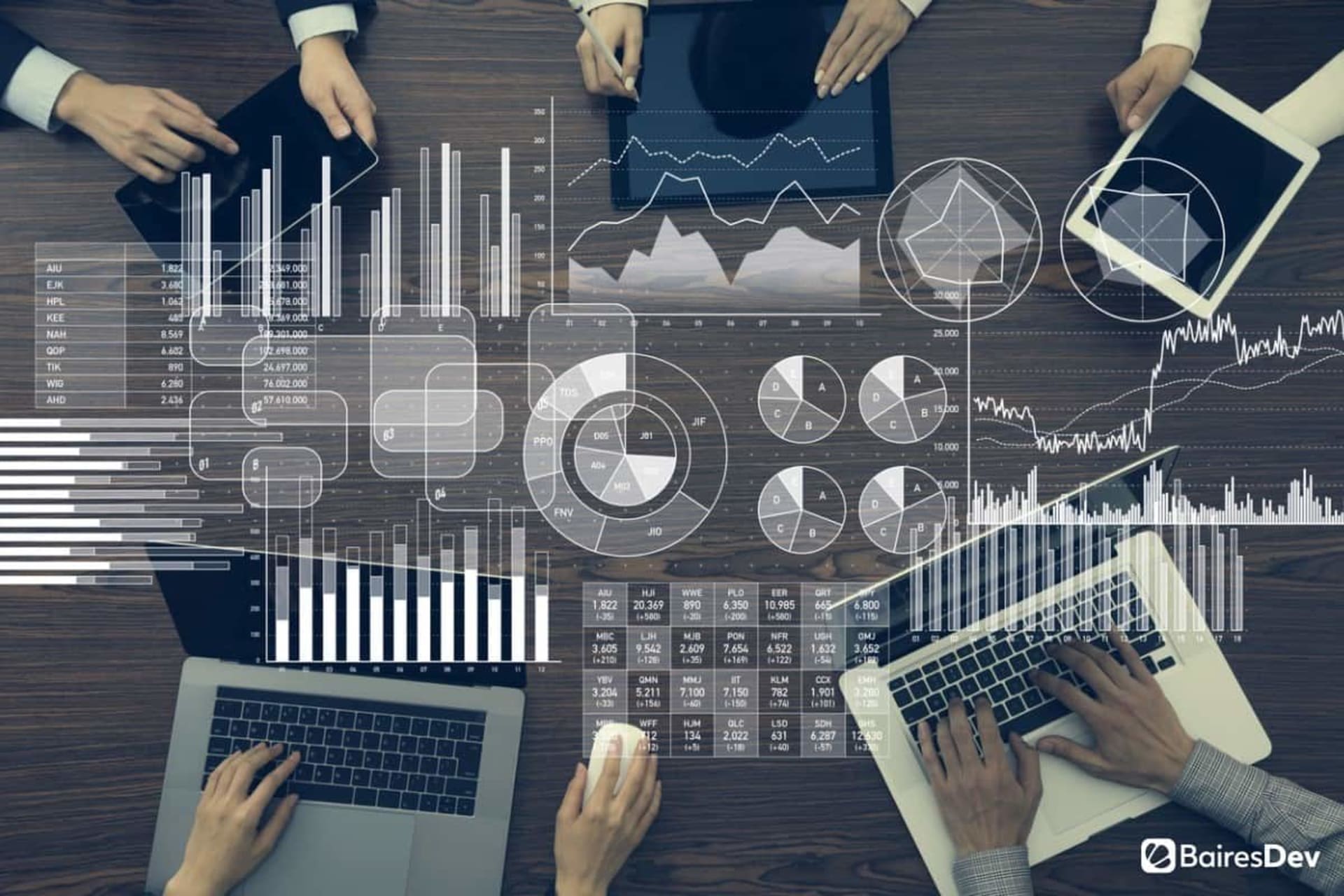Recommendation systems are algorithms that help users discover relevant products and services. These systems are the core component of many online businesses worldwide, such as Amazon, Google, and Netflix. These systems take into account user information/data and use it to identify and even predict user interests. For that, those systems rely on data such as browsing history, preferences, reviews, and product interaction.
Recommendation systems are powered by deep learning, a branch of machine learning that attempts to imitate human behavior. It uses machine learning algorithms, predictive modeling, statistics, and probability. The system makes connections and uses those connections to understand and predict what the user wants.
Deep learning is a very effective tool for understanding user-product relationships. It’s a step up from earlier recommendation systems that used clustering and classification techniques to create assumptions. You can also incorporate neural networks for generating better assumptions.
Even though companies use sophisticated recommendation systems for different intentions, the basic purpose of all recommendation systems is to boost user experience, improve sales, and improve customer loyalty through customized offerings.
Recommendation systems we use every day
In recent years, recommendation systems have evolved and come up with amazing UI and front-end capabilities. As a result, many companies and platforms have adopted recommendation systems for serving their customers. Apart from increasing the overall revenue for the company, they also improve customer experience.
People see and interact with recommendation systems every day without even realizing it. These systems improve overall user experiences and allow users to discover products and services they might need but miss out on.
Examples of prominent recommendation algorithms are:
Google products: Many Google products use recommendation systems to deliver tailored results for their users. The search company gathers data such as browsing history, search settings, clicks, and user metadata to deliver a customized experience. For example, YouTube provides video recommendations to its users based on their viewing history, subscriptions, and profile among other criteria.
Spotify- The music streaming platform uses an AI-driven recommendation engine to filter through the available content and recommend songs, albums, podcasts, and other content based on interest, listening history, and search history.
Amazon – Amazon uses a recommendation system to suggest offers and products to their clients. The company uses the Deep Scalable Sparse Tensor Network Engine (DSSTNE) and deep learning algorithms to suggest “Frequently Bought Together” items.
They also collaborate with Google and Facebook to promote their products, which means that users can also get Amazon suggestions on these sites while browsing. These are called targeted ads and are a huge part of Amazon’s marketing strategy.
Netflix: Netflix leverages the data it gathers from users’ histories to suggest tv shows and movies to their viewers.
How recommendation systems work.
Recommendation systems use available data and machine learning/deep learning algorithms to create final suggestions. They follow a sequence of steps that includes the following:
1. Data Collection
Companies gather different types of data, such as explicit and implicit data. Implicit data includes things such as cart history, search logs, order history, and clicks. This information is easy to get, and you can track it through standard user interaction.
Explicit data contains information such as comments, reviews, ratings, and likes. This information is hard to get and requires extra steps from the user side. This is also difficult to quantify, which means extra programming has to be done on the engineer’s end to consider this data.
Along with this, businesses also need user and product similarity data. They can gather user similarity data through user demographics, geographical locations, and overall interest. This data is often submitted to the business during sign-up.
Product similarity data can be generated through business and product listings on the company’s website.
2. Data Storage
After the data is collected, it’s then stored in data repositories and warehouses. Once the repository has a sufficient amount of data, companies move on to the next step.
3. Data analysis
Once enough data is stored, it then goes through preprocessing. Engineers apply data engineering and processing techniques to clean and organize it. That way, they are preparing the data for analysis. The selected data can either be real-time or batch data.
4. Data Filtering
The final step in the process helps to gain relevant insights from the preprocessed data. This process applies different algorithms and formulas to the data based on business logic and use-specific requirements. The details for the same are listed in the next section.
Types of filtering for recommendation systems.
There are different ways through which you can filter data for recommendations. One of the ways is collaborative filtering, in which you take things like activities, behaviors, or user preferences into account. This method is based solely on user-product interactions. The algorithms create a user-item interaction matrix, and the recommendation results from the matrix’s implementation.
This method can further be divided into memory-based collaborative filtering (an approach that creates user clusters and recommends similar items to all the users in that cluster) and model-based collaborative filtering (an approach in which the algorithm checks items based on user interaction and recommends similar items to those users). These are also called the user-user approach and the item-item approach.
Another method for filtering results is content-based filtering, which works out similarities between the items through classification or regression methods and uses them to recommend similar items. The underlying idea is that if consumers like a particular product or service, they will also like a similar product or service. This method is hence called a user-centric approach. This method, however, has a high bias but low variance.
The recommendation system that meets both methods in between is called a hybrid filtering model. This is because it considers both the user’s interest and product features to make the final recommendation.
Final thoughts
Recommendation engines are now widely adopted by most major businesses that use product/service customization to improve user experience and engagement. This also generates more revenue for businesses and improves user trust in brands. Businesses that understand their users are the ones that get the final sale.
For example, if you’ve been looking for a particular pair of shoes and you get an email alert listing the same shoes with a discount, you’re very likely to buy them by clicking the first link you see.
Recommendation systems are a powerful tool for generating new business and increasing demand from existing customers. Many small to medium-scale organizations have started understanding the importance of user data analysis. User communication is key, and businesses that understand this will flourish in the future.







